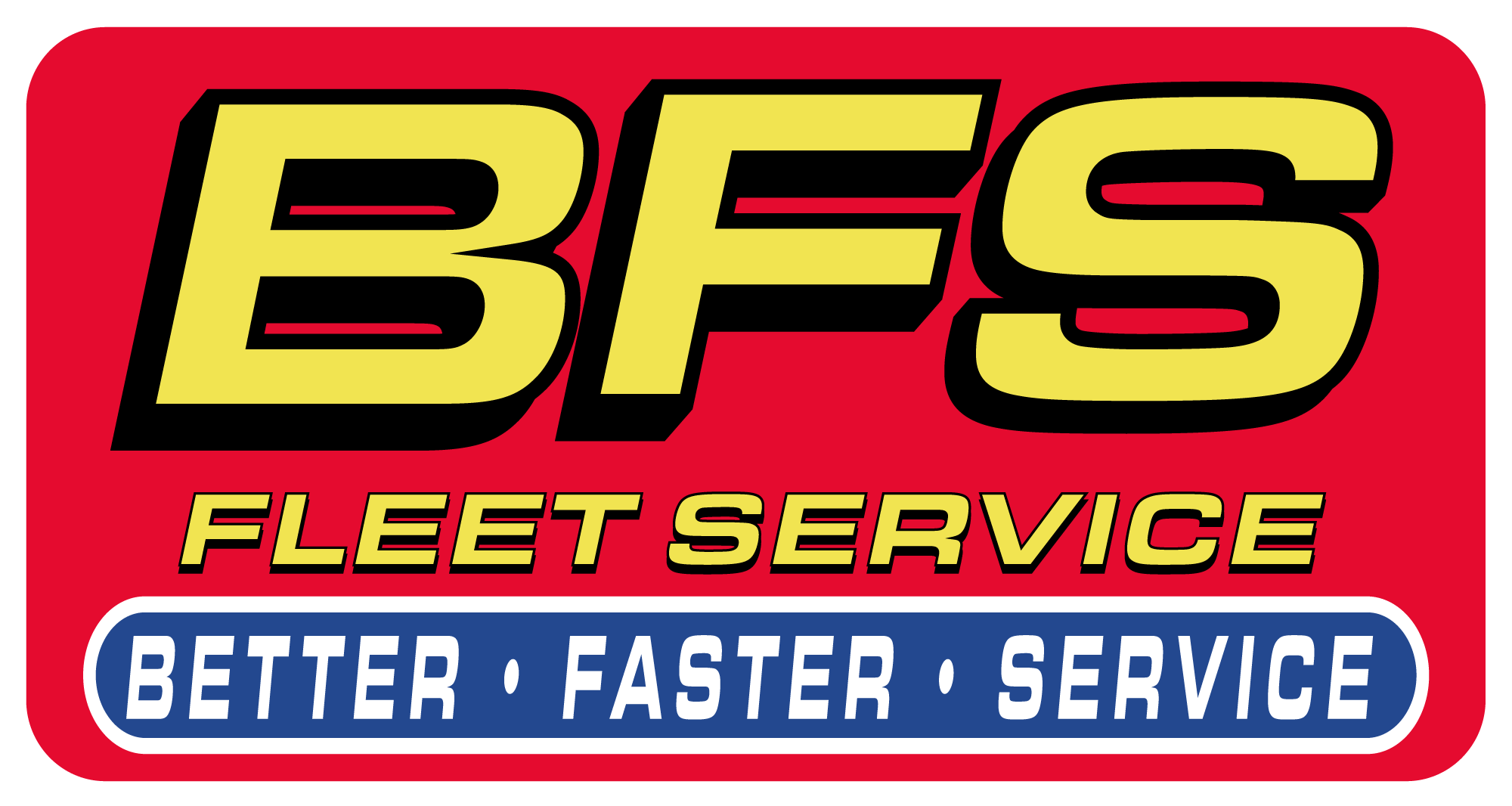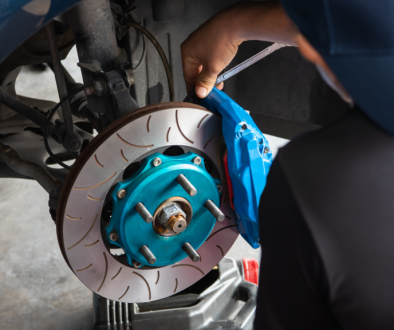Let’s face it—trucks are built tough, but they’re not invincible. Daily use, heavy loads, and long drives can take their toll, leading to gradual wear and tear. Recognizing the early signs of trouble can save you from costly repairs and unexpected breakdowns. Whether you’re a fleet manager or a single-truck owner, staying alert to your truck’s condition is critical for safety and performance.
In this guide, we’ll explore common signs of wear and tear, what they mean, and how to address them before they escalate.
Engine Performance Issues
Loss of Power
One of the first signs of engine wear is a noticeable drop in power. Your truck may struggle to accelerate or haul heavy loads as efficiently as it once did.
- Possible Causes: Worn-out spark plugs, clogged fuel injectors, or low compression.
- Example: A delivery driver noticed their truck had difficulty climbing hills. A mechanic found carbon buildup in the fuel injectors, and after cleaning, the truck’s power was restored.
Increased Fuel Consumption
If you’re filling up more often than usual, your engine might not be running as efficiently as it should.
- Possible Causes: Dirty air filters, failing oxygen sensors, or worn piston rings.
- Pro Tip: Regularly replace air filters and use high-quality fuel to maintain optimal engine performance.
Unusual Noises
Knocking Sounds
A knocking sound from the engine could indicate serious problems, like worn bearings or low oil pressure.
- What to Do: Check your oil levels immediately. If the noise persists, consult a mechanic to prevent engine damage.
Squealing or Grinding
High-pitched squealing often points to worn belts, while grinding noises could mean failing brake pads or wheel bearings.
- Example: A fleet truck began emitting a grinding noise while braking. The issue? Worn brake pads that were damaging the rotors. Early detection saved the fleet owner from a more expensive repair.
Tires and Suspension
Uneven Tire Wear
Uneven tire wear can reduce traction and increase the risk of blowouts.
- Possible Causes: Misaligned wheels, unbalanced tires, or failing suspension components.
- What to Do: Regularly inspect your tires for wear patterns and rotate them every 5,000 to 7,000 miles.
Excessive Vibration
If you feel unusual vibrations through the steering wheel or seat, it’s often a sign of suspension issues or imbalanced tires.
Fluid Leaks
Oil Leaks
Dark puddles under your truck can indicate an oil leak, which should be addressed immediately to avoid engine damage.
- What to Look For: Check for oil stains under your truck and inspect the engine for visible leaks.
Coolant or Transmission Fluid
Bright green, orange, or red puddles are signs of coolant or transmission fluid leaks.
- Example: A long-haul driver noticed green fluid pooling under their truck. A mechanic found a cracked radiator hose, which was quickly replaced to prevent overheating.
Electrical System Problems
Dim or Flickering Lights
A failing alternator or battery could be the cause of dimming or flickering headlights or interior lights.
- What to Do: Test your battery and alternator output. Replace any failing components to avoid being stranded.
Unresponsive Electronics
If your radio, windows, or other electronics stop working, you may have a blown fuse or wiring issue.
- Pro Tip: Carry spare fuses in your truck for quick fixes on the go.
Braking System Warning Signs
Spongy Brake Pedal
A soft or spongy brake pedal may indicate air in the brake lines or a master cylinder issue.
Reduced Braking Performance
Longer stopping distances or unusual resistance when braking are clear signs your brakes need attention.
Preventative Maintenance Tips
- Stick to Your Maintenance Schedule: Follow your truck’s recommended service intervals for oil changes, filter replacements, and inspections.
- Inspect Weekly: Check fluid levels, tires, and lights every week to catch small issues before they become big problems.
- Use High-Quality Parts: Investing in durable parts can save money and reduce downtime in the long run.
- Seasonal Prep: Adjust maintenance routines for winter or summer conditions to prevent weather-related issues.
Case Study: Catching Wear and Tear Early
Scenario: A fleet manager noticed unusual vibrations in one of their trucks during routine checks. Instead of ignoring it, they brought the truck in for an inspection.
Diagnosis: The mechanic found that a wheel bearing was failing and would likely have caused a major breakdown within weeks.
Outcome: Replacing the wheel bearing early cost a fraction of what a roadside repair would have. The truck was back on the road the next day, avoiding delays and lost revenue.
Lesson: Regular inspections and early intervention can save time, money, and headaches.
FAQs
- What are the most common signs of truck wear and tear? Common signs include unusual noises, fluid leaks, uneven tire wear, reduced engine performance, and dimming lights.
- How often should I inspect my truck for wear and tear? Perform weekly visual inspections and stick to your truck’s maintenance schedule for more thorough checks.
- What does blue exhaust smoke mean? Blue smoke indicates burning oil, often caused by worn piston rings or valve seals.
- Why does my truck vibrate when driving? Vibrations can be caused by imbalanced tires, suspension issues, or failing wheel bearings.
- When should I replace my brake pads? Replace brake pads when they’re less than 1/4 inch thick or if you notice reduced braking performance.
Don’t Ignore the Warning Signs
Your truck works hard, and it’s only fair to give it the care it deserves. Recognizing the signs of wear and tear early can save you from costly repairs, unexpected breakdowns, and safety risks.




